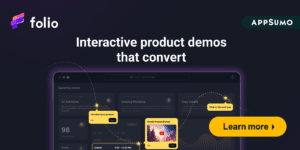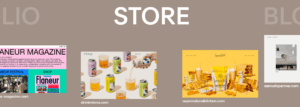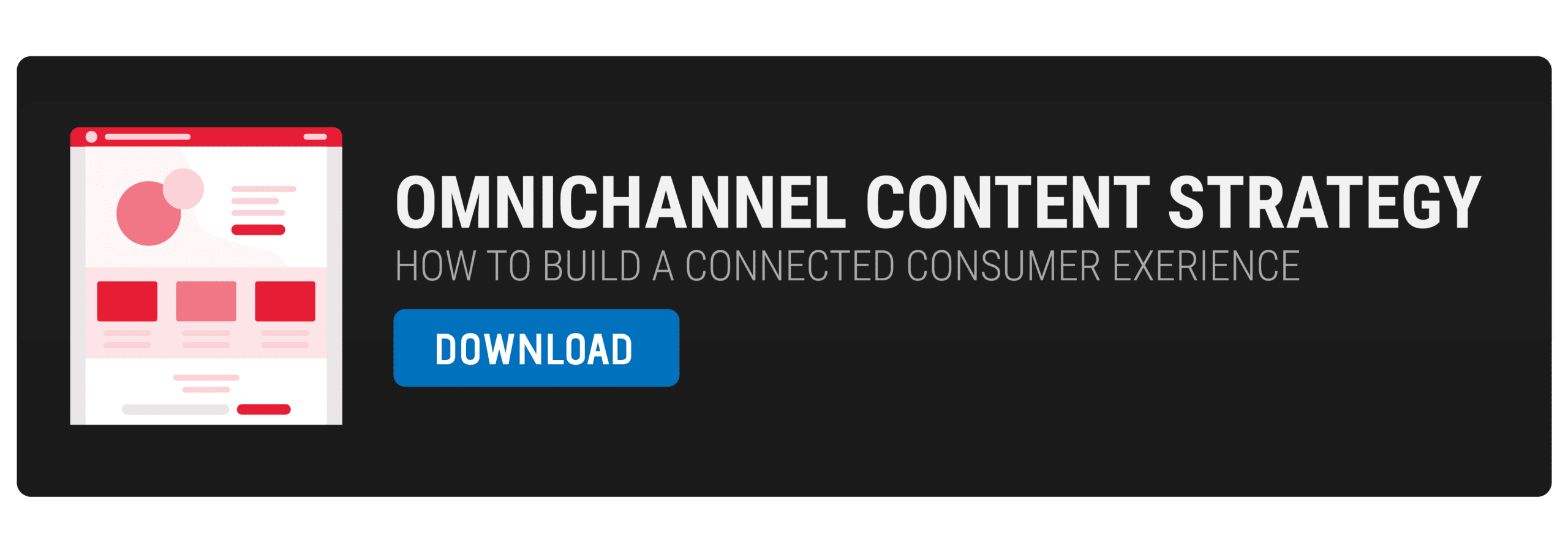20 Brand Content Ideas To Help You Drive Engagement & Grow Your Audience

Creating valuable content is essential for the success of all digital brands.
Whether it is for your social media, your brand website, or any other platform, content can help you connect with your audience/customers. The more awesome content you put out there – the more doors it will open for growing and engaging with your audience.
However, we often get stuck on how and what type of content we should create, even though it seems like there are tons of different possibilities. So, how can you generate original content ideas for your brand?
You have plenty of opportunities to create engaging content for your brand. To make your strategy a success, it’s important to address all of the categories we’ll talk about today.
We divide brand content into five areas: educational content, inspirational content, community content, trending content, and promotional content.
Educational Content
Educational content gives your audience the answers and explanations they need about your brand or a specific topic you talk about. By becoming a trusted source of information, you build brand authority and establish yourself as a leader in your niche or industry.
The value of this type of content lies in its ability to provide answers, solutions, and information that your audience needs.

Educational content is evergreen, so you should craft it with a lot of attention and provide a lot of value. When you’re creating educational content, you should think about providing long-term information that your consumers need.
Best for: Blog Posts, In-depth Guides, Tutorials.
1. How-To Guides
Creating how-to guides is a great way to demonstrate your expertise and provide immense value to your audience.
How-to guides are incredibly versatile, ranging from simple instructions for small tasks to in-depth guides about topics relevant to your niche, ensuring you can cater to customer interests and needs.
Social media posts can cover simple tasks in the form of photos or videos, while your website blog can include long articles where readers go to learn more about the topic.

Example: Oreo has one of the most recognizable how-to guides in the world. You twist, you lick, and you dunk. They’re constantly finding new ways to present this to their audience, like in this video.
2. Lists
Lists are a practical and effective way to provide informational content and organize related information. They serve as a handy tool for people to keep track of everything they need for the topic at hand.
By curating and organizing relevant information, you provide a valuable resource that helps your audience make informed decisions and keeps them engaged with your content.
Think of lists as a tool for delivering all available options regarding a particular topic. Only some items on the list have to be accepted by the reader, but it sure is nice to have all the options in one place.
Example: This article itself is an example of a list that contains multiple choices for you, the reader, to go through and find what you need. We also have a list of 25 Free Content Marketing Tools where you can find some more help.
3. Tips and Insights
Your audience is constantly seeking advice and solutions online. Before making decisions, consumers often turn to trusted sources for information.
You can position your brand as the go-to authority in your niche by providing valuable tips and insights. This not only builds trust and credibility but also attracts potential customers actively seeking guidance and expertise.
Sharing tips and insights is the opportunity for your brand to be the guiding voice of authority. Prove to your audience that you have what it takes to improve their position.
4. Case Studies
Case studies offer an in-depth look at real-world successes, providing solid proof of your brand’s expertise and the effectiveness of your products or services.
You can share case studies highlighting your company’s achievements, collaborate with partners to expand your reach, or even empower your customers to share their positive experiences.

Example: Bynder is a digital file management platform that has an extensive resources library that uses case studies to provide insights into digital asset management, brand management, and marketing technology.
5. Tutorials
A tutorial is another great example of how you can supply information that will solve some of the problems that your audience encounters daily.
The difference between a How-to and a Tutorial is that it’s more interactive and specific, tackling a problem that usually has a universal solution. Think of it as an instruction manual.
YouTube is one of the most popular go-to platforms for delivering tutorials since videos are effective in showing the process. Of course, depending on the task, you can adopt a tutorial to any platform.
Example: Digital Art Creation is a YouTube channel that posts tutorials about graphic design software.
6. Analytical & Data Content
Visual content like charts, diagrams, tables, and other frameworks is a great way to deliver analytical content that organizes topics into contextual pieces of information.
This is an opportunity to transform complex data into engaging, easy-to-understand insights. Sharing this type of content can catch the interest of your audience, making it easier for them to digest information and remember key takeaways.
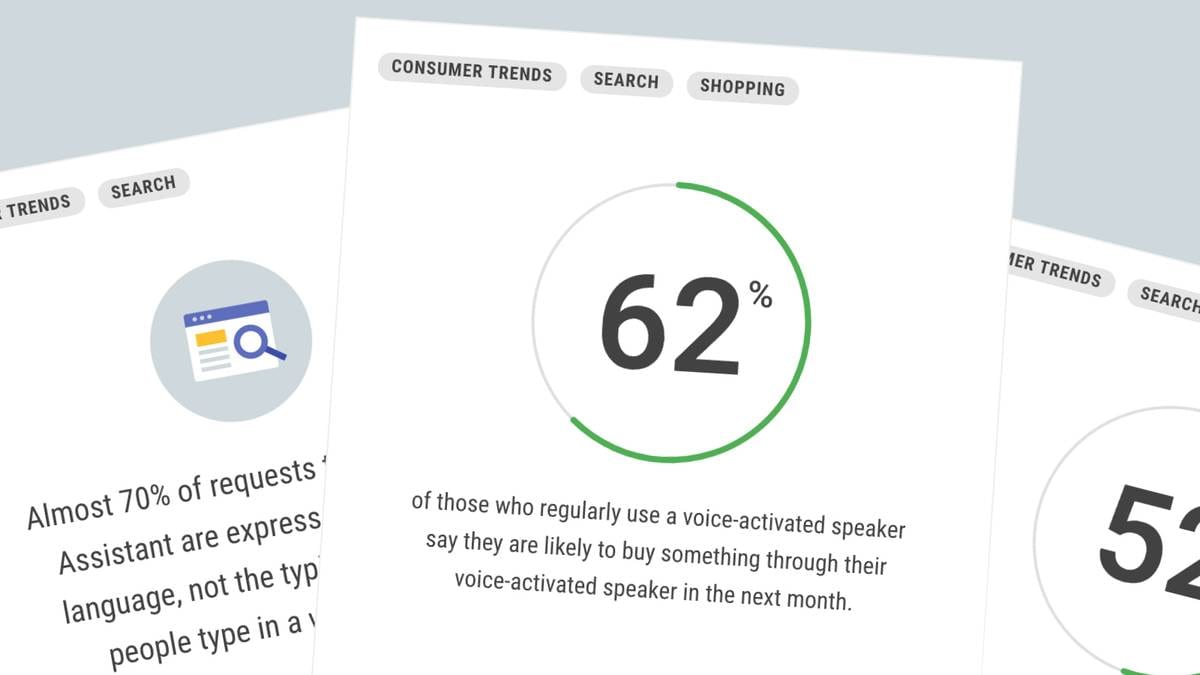
Example: Think with Google is a place where you can find insight into consumer behavior, and their articles are usually full of creative data presentation.
Inspirational Content
Beyond information, your audience usually craves a little bit of inspiration, as well.
Become the source of motivation that empowers them to take action, achieve their goals, and live their best lives. When your brand values align with their aspirations, you create a powerful connection beyond the transactional.

While educational content is there to inform your audience, inspirational content is more lighthearted and entertaining. It’s there to inspire creativity and happiness.
7. Ideas
The brands we choose to use in our everyday lives are those that add value to the lifestyle we aspire to lead. People love to discover clever solutions. This is where sharing innovative, fresh ideas becomes invaluable for your brand.
Inspire your audience with smart and exciting suggestions that they can adapt and implement in their lifestyle journey. This goes beyond mere product promotion; it’s about fostering a genuine connection based on shared values and aspirations.
Example: Social media is full of photos and videos about lifehacks and ideas that people can be inspired by. Good ideas are share-worthy and will boost your social engagement.
8. Perspective
As people, we are naturally curious about the perspectives of others, especially those who are experts in their fields.
By creating content that reflects your unique perspective on relevant topics, you not only show that you care about your audience but also foster a sense of mutual respect and understanding between you and your audience.
Take a stand for the important things in your audience’s lives. Show them that you have a worthy opinion about the things they care about.
This type of content can spark conversations, drive engagement, and, ultimately, strengthen brand loyalty.
9. Stories
Stories are a natural way for people to connect. We all connect with interesting stories that arise emotions.
The beauty of storytelling is that any aspect of your brand – from your product’s origin to your team’s daily routine – can be transformed into a captivating narrative.
You can find stories to tell from your brand’s origin and past experiences, stories about some of the people in your organization, and even stories that happened to somebody else but made an impact on your brand values.
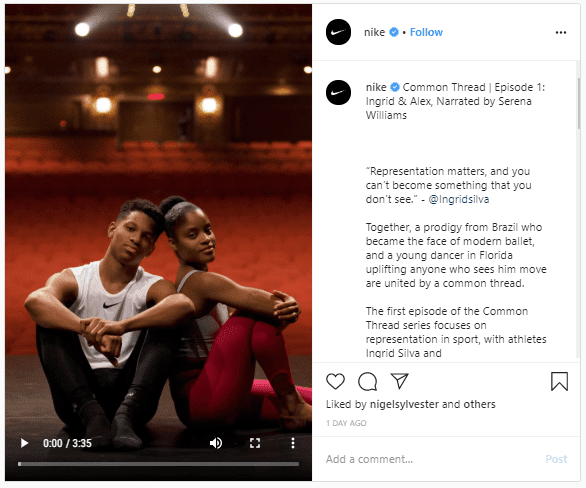
Example: Nike partners with athletes from across the world to share their stories about their journey in the world of sports and fitness.
10. Theories and experiments
Facts are always appreciated and play a significant role in learning, but they are only some of what there is to learning.
Theories and experiments are interesting because they set the stage for a surprise outcome. Surprises and uncertain outcomes keep us on our toes, no matter what form they take.
This type of content fosters a sense of shared discovery and positions your brand as innovative and forward-thinking. It’s a great way to learn and grow with your audience.
Community Content
In recent research done by Facebook about How To Connect To New Audiences on Instagram, people said that they use it because they can interact with brands, influencers, celebrities, and friends.
By actively involving your audience in the creation of content, you can foster a sense of ownership and community.
When members feel their voices are heard and their contributions are valued, they’re more likely to become brand advocates, share your content, recommend your products or services, and actively engage with your brand across various platforms.

11. Event Content
Your brand exists within a vibrant community that shares an interest in events, holidays, conferences, and meetups that shape the lives and interests of your audience.
By actively participating in and covering these happenings, you can foster a stronger sense of belonging and connection with your consumers.
Creating timely, relevant content tied to these events demonstrates your brand’s awareness and involvement and provides value to your audience.
Share celebratory posts for holidays, insightful takeaways from industry conferences, or live updates from community gatherings to engage those who couldn’t attend in person.
12. Behind the Scenes Content
Every brand has a unique story unfolding behind the scenes. You can build a deeper connection with your audience by pulling back the curtain and sharing glimpses of your company culture, values, and day-to-day operations.
Transparency is key to establishing trust. When consumers see the human side of your brand, they’re more likely to connect with your mission, understand your values, and choose your products or services over competitors.
Whether you showcase your team’s passion projects, highlight your commitment to sustainability, or simply share candid moments from the office, this authentic glimpse into your company culture can make all the difference in building a loyal customer base.

Example: Infinium is a design agency that regularly posts Instagram stories about how employees work and spend their time behind the scenes.
13. Testimonials
Testimonials are a powerful form of social proof that can significantly influence potential customers and partners during their decision-making process.
These authentic stories from satisfied customers showcase your brand’s value proposition and build trust, making them more likely to choose your product or service.
Actively seek testimonials from happy customers willing to share their experiences. You can also leverage existing feedback from comments, reviews, and direct messages to gather compelling success stories.
By showcasing these real-world examples of your brand’s impact, you validate your claims and create a sense of community and shared success.
Example: Squarespace is an all-in-one website solution. Instead of simple testimonials, they showcase websites created by their customers. Squarespace is also our affiliate partner and recommended tool for building websites.
14. Earned Content
Earned media includes all content that you gain through a third party.
Give incentives to your existing audience and invite them to take part in creating content. Challenges, contests, and Q&A sessions are a perfect example of how you can get your audience involved.

Example: Before the premiere of the Birds of Prey movie, the #BirdsOfPrayChallenge was created in collaboration with an animation platform that gives fans source materials like stickers and invites them to create inspired art.
The chance to be featured on both platforms and earn tickets to see the movie are some prizes offered in return.
15. Interviews
Consider interviewing customers, partners, industry influencers, or other experts who can offer valuable insights and perspectives.
These conversations not only provide useful content for your audience but also showcase your brand’s commitment to fostering meaningful dialogue and sharing diverse viewpoints.
Podcasts have exploded in popularity for a reason: they offer a unique way to engage your audience through authentic, thought-provoking conversations.
Content About Trends
The internet constantly evolves, overflowing with new trends, technologies, and conversations. This dynamic environment offers endless inspiration for fresh, relevant content ideas.
By staying attuned to what’s happening online in your community – from trending hashtags to viral challenges – you can draw inspiration and create content that resonates with their current trends and interests.

This type of content usually performs well while the trend is recent, and then the interest is lost over time. This is perfectly ok because not all content can be evergreen, but it will help you boost your reach for the moment being.
16. News
By being the first to break news and share valuable information, you demonstrate your brand as the go-to source for what’s happening in your community.
You don’t have to limit yourself to traditional news formats. News content can be fun, informative, and tailored to your audience’s interests.
Create short, engaging videos highlighting key announcements, craft eye-catching social media posts with teasers and links to in-depth articles, or even host live Q&A sessions to discuss hot topics and address audience questions in real-time.
17. Trends
The internet thrives on trends, and brands that can quickly capitalize on these cultural moments have the potential to boost their visibility and engagement significantly.
By creating content that taps into current trends—a viral challenge, meme, or popular topic—you can connect with your audience on a shared interest, demonstrating your brand’s relevance and agility.
While trends may be fleeting, their impact can be significant. By jumping on the bandwagon early, you can capture the attention of a wider audience and drive new traffic to your channels.
18. Reviews
Consumers actively seek reviews and comparisons before purchasing in today’s digital landscape. By offering your honest assessments and expert insights, you can tap into this behaviour and become a trusted resource for your audience.
Sharing reviews and comparisons of products and services helps your audience navigate the overwhelming choices.
You can guide their decisions by providing valuable information and opinions and position your brand as a helpful partner in their consumer journey.
Promotional Content
Your content strategy also calls for the right amount of promotional content in the mix. You can use this type of content to bring attention to offers, products, or services that you offer.

19. Sponsored Content
Sponsored media is all paid-for placement of content that contributes to your brand’s exposure. You can use it to guarantee placement in front of a highly targeted audience you determine as the publisher.
While the organic reach of your content is important, paid promotions are an effective way to attract an audience’s attention to a specific topic.
However, that does not mean this type of content must be an obvious advertisement for your brand. Content full of value is a promotion in itself.
20. Descriptive content
Describe your offers in more creative ways than the typical landing page. The idea behind this is to creatively explore what you have to offer without the pressure of a sales page that indicates your intention is to convert them into a customer.
When people are attracted to your offer organically, they will go and seek out the offer page by themselves. Your job here is to place it near enough and make it easy for them to jump over.

Example: Sprout Social recently updated the design on some of their services and they posted a detailed post where they explain the changes made to their customers.
What is next?
The goal of your content marketing efforts is to carefully place your brand alongside these topics. The level of importance you give to each category depends on the type of brand you run and your stage of content maturity.
Experiment with different types of content and use the feedback you receive to learn what works best for your audience. With time, you will discover what they are looking for and find your brand voice.
If you need more help with your content marketing strategy, you can download the free Omnichannel Strategy Guide.
